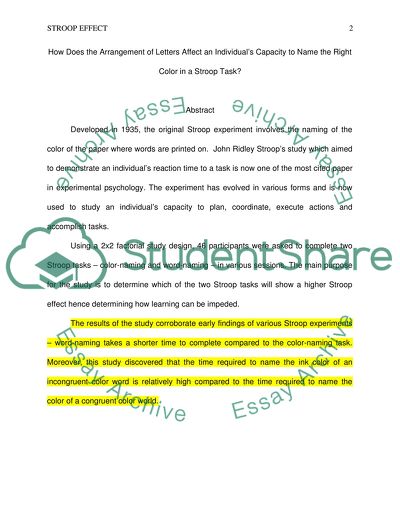Cite this document
(“How Does the Arrangement of Letters Affect an Individual's Capacity to Research Paper”, n.d.)
Retrieved from https://studentshare.org/psychology/1449928-attention
Retrieved from https://studentshare.org/psychology/1449928-attention
(How Does the Arrangement of Letters Affect an Individual'S Capacity to Research Paper)
https://studentshare.org/psychology/1449928-attention.
https://studentshare.org/psychology/1449928-attention.
“How Does the Arrangement of Letters Affect an Individual'S Capacity to Research Paper”, n.d. https://studentshare.org/psychology/1449928-attention.


